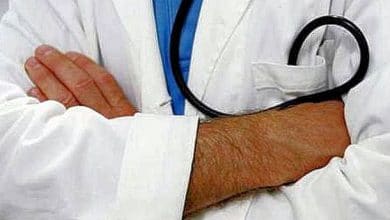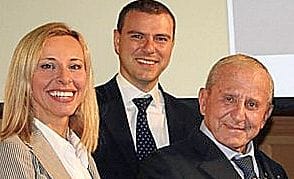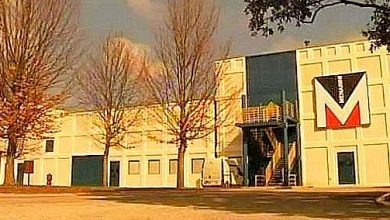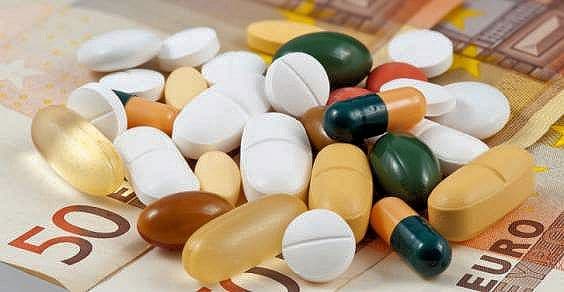
The budget law provides for an "amnesty" on the sums that pharmaceutical companies should repay to the state for exceeding the spending ceilings. Perhaps a mess on hospital pharmaceutical spending will be resolved, but the future remains to be written.
Silvia Coretti and Gilberto Turati – 11.17.17 – lavoce.info
What is payback
Among the few measures envisaged for health care, the budget bill intervenes on paybacks, the mechanism on the basis of which the drug industry participates for 50 percent in the settlement of any exceeding of the centrally programmed pharmaceutical expenditure ceiling (the other 50 percent remains the responsibility of the regions).
The paybacks it was born with the 2008 financial law and is limited to the government of territorial pharmaceutical expenditure, which includes distribution through pharmacies, direct distribution through hospitals and "on account", with purchases by hospitals and distribution via pharmacies. The measures introduced take into account the progressive "generation" of numerous drugs, which would have implied a drastic reduction in prices. And the projections turn out to be correct: the provisions on distribution, together with the savings deriving from "generation", allow not only compliance with the expenditure ceiling, but even its progressive lowering from 14 per cent (2008) to 11.35 per one hundred (2014-2016) of public funding to the National Health System.
So far so good, at least for the public budget.
When the drug industry doesn't pay
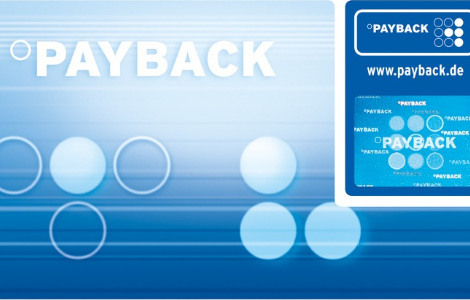 The problems arise when – in 2012 with the Monti government – the paybacks it is extended to the hospital component of pharmaceutical expenditure, setting a ceiling of 3.5 per cent.
The problems arise when – in 2012 with the Monti government – the paybacks it is extended to the hospital component of pharmaceutical expenditure, setting a ceiling of 3.5 per cent.
As expected given the market dynamics, there was an increase in spending (due to the extension of the indications of already reimbursed drugs, the new treatment strategies in oncology, the management of long term survivor) which is not compensated on the generics side. For 2013-2015, there is an overrun of 3.524 billion euros, 50 percent paid by industry. And the industry does not want to pay: the first Aifa (Italian Medicines Agency) resolutions on the shelf of the 2013 overrun are rejected several times by the Lazio Regional Administrative Court which, starting in March 2015, welcomes the industry's illegitimacy requests for the lack of transparency and accuracy of the calculation of paybacks due.
The point is that the expense for drug A sold to hospital X is covered by the hospitaller's ceiling if the drug is used in the hospital; it falls within the territorial area if it passes from direct or "on behalf" distribution. Not surprisingly, calculating i paybacks owed by each company turns out to be a big mess. And Aifa, instead of challenging the suspension sentence of the Tar, does nothing, "freezing" the shelf procedures.
The story could end here were it not for the fact that the regions were allowed by the budget law for 2016 to enter 90 per cent of the paybacks to be collected by companies for the years 2013 and 2014; if the paybacks vanishes there may be a lack of money in the regional budgets. The government takes action with the decree law of 20 June 2016 to restart the compensation procedure to the extent of 90 percent for 2013-2014 and 80 percent for 2015, publishing the amounts owed by each company on the Aifa website. Pending the final accounts by 15 September, the companies must pay each region the 2013-2015 quota by 26 July, with the possibility of requesting a correction afterwards. But precisely on 15 September 2016, the Tar of the Law intervenes again azio, which accepts the appeals of all the companies that asked for the suspension of the advance payment, again appealing to the inadequate documentation of the Aifa accounts. The same Tar asks the Agency for a report on the methods of estimation and the amounts for 2013-2015, which is published on 24 January, followed by a note dated 2 February on the methods for estimating the 2016 amounts. A meeting is also scheduled , on July 11, to look into the matter; but months go by and the session is not convened.
azio, which accepts the appeals of all the companies that asked for the suspension of the advance payment, again appealing to the inadequate documentation of the Aifa accounts. The same Tar asks the Agency for a report on the methods of estimation and the amounts for 2013-2015, which is published on 24 January, followed by a note dated 2 February on the methods for estimating the 2016 amounts. A meeting is also scheduled , on July 11, to look into the matter; but months go by and the session is not convened.
In the meantime, the chaos is total: transactions between individual companies and Aifa begin, in a haggard way, to ascertain what is due and proceed with the balance; some companies pay everything, others something, still others nothing.
Now, the budget bill provides for the amnesty. The law requires AIFA to adopt the resolution on paybacks 2016 and to conclude the transactions initiated with the companies for 2013-2015 still pending, but only with those that pay the sums for paybacks2016. The amount requested for 2013-2015 amounts to 1.486 billion euros, with 882 million already collected. However, a large part of the amount paid is the subject of litigation before the Lazio Regional Administrative Court and the Technical Report estimates that, should the settlement agreements actually be signed, the total amount paid by way of paybacks for 2013-2015 it would be around 930 million.
In short, if companies pay for 2016, with another 50 million, the whole game ends and we move on. The problem is what is done next to solve the structural problems of hospital pharmaceutical expenditure, which already exist last year they had forced the government to limit the increase in funding and to clarify the spending ceilings (for direct purchases and for contracted pharmaceuticals). You turn the page, but the next page is still to be written.
Related news: AIFA. Government of Pharmaceutical Expenditure (DL. 113/2016)


